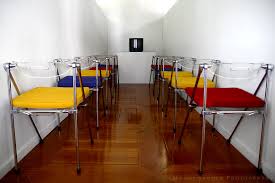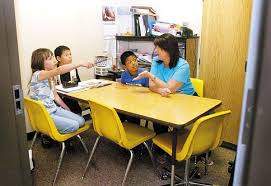 WHY IS THIS IMPORTANT? I’ve seen more than five mistakes so this will not be a complete exhaustive list of things to avoid or include in the design of your new education space. I wish there were only five mistakes so we could easily make those corrections but life is not that easy. It can also be different for the various age groups that meet in the education space but here are the top five issues I’ve seen in recent years.
WHY IS THIS IMPORTANT? I’ve seen more than five mistakes so this will not be a complete exhaustive list of things to avoid or include in the design of your new education space. I wish there were only five mistakes so we could easily make those corrections but life is not that easy. It can also be different for the various age groups that meet in the education space but here are the top five issues I’ve seen in recent years.
WHAT DO I DO? Consider these mistakes and ideas:
- Too many churches have been guilty neglecting preschool, children and youth space. They’ve provided for the adults and in particular they’ve taken care of the older adults but fail to provide the best space for the next generation. I told someone last week, “I always want to be part of a church that is for the next generation.” So put my class or group in the worst space but make sure that my kids and grandkids have the best!
- Churches need space for moving people and gathering for non-official fellowship time. When they design their buildings they don’t provide hallways that are wide enough nor do they include spaces for gathering prior to, during or following small group and worship experiences.
- Yes, we are spoiled and we would have time making in other places around the world but we like our modern-day conveniences. Don’t go cheap when it comes to HVAC! I always recommend that churches include both a supply line as well as a return line in every classroom. Also make sure you include technology such as Wi-Fi, video and audio.
- Another big mistake is when churches break what I call the “1 for 2” rule. That is when they design a classroom that becomes a long narrow box. The goal should be for the classrooms to be more like a square than rectangular.
- When I started in ministry this was not even a thought but today it’s a different story because it is a different world! When we design our church spaces we need to take very seriously the security issues. In designing space for those under 18, the space needs one way in and it needs to be controlled. Make sure your church has a plan in place for dealing with the various security issues.


